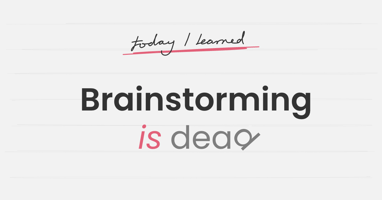Most of us work in an environment where the objectives we have to deliver exceed our currently known initiatives. This happens at all levels of the company. The executive suite has to deliver to expectations set by its shareholders. A brand manager has to deliver to expectations set by divisional management. The objectives, expressed in terms of volume, profit, revenues, or other financial terms, represent the desire. The roll-up of currently funded initiatives, expressed in those same terms, represent the reality. How do you know if there is a gap and what can you do about it?
In order to determine whether there is a gap, both the objectives and the currently funded initiatives need to be well understood at all levels of the organization.
Proper innovation planning, decomposed into smaller and smaller business elements, is a critical part of the periodic planning process. You have to start with a plan that successfully identifies targets at the top level of the company and apportions those targets down through smaller and smaller subsets of the company until the appropriate operational levels are reached. These targets have a necessary dimension of time to them, and usually grow over time.
Rolling up of current funded initiatives is equally critical. Effective capturing of a time oriented view of the contribution of all initiatives or projects, expressed in the same language of the corporate objectives and identified at every level in the company, can only be accomplished through the use of a high quality, well-established product portfolio management (PPM) system.
A comprehensive PPM solution will enable both the capture and apportioning of the objectives (the desire) as well as the rollup of the funded initiatives (the reality). Effective PPM systems make this information highly visible and accessible.
What most companies find is that there is a gap, perhaps in the short term, most certainly in the long term. What can you do about it?
For the short term, re-prioritizing the portfolio might close the gap. For the long term, you should consider conducting idea generation campaigns to identify opportunities you are not currently considering. For the very long term, you should revisit your planning and create new future initiatives, to be defined later, that you have not yet considered. As time gets closer, you can begin ideation activities to gain definition of those initiatives. And as time gets closer still, you can begin funding of projects related to the select initiatives.
Identifying desires, understating reality and filling the gap is a continual cycle never ends.





